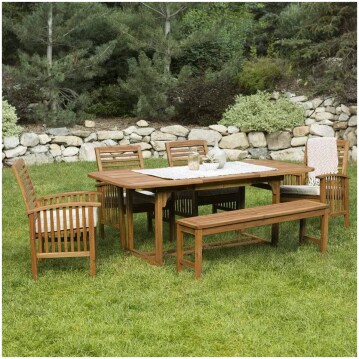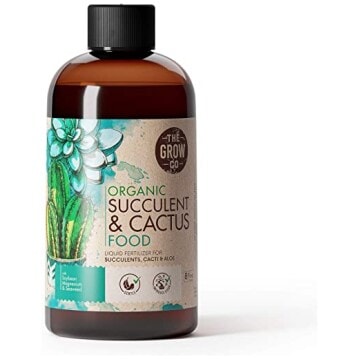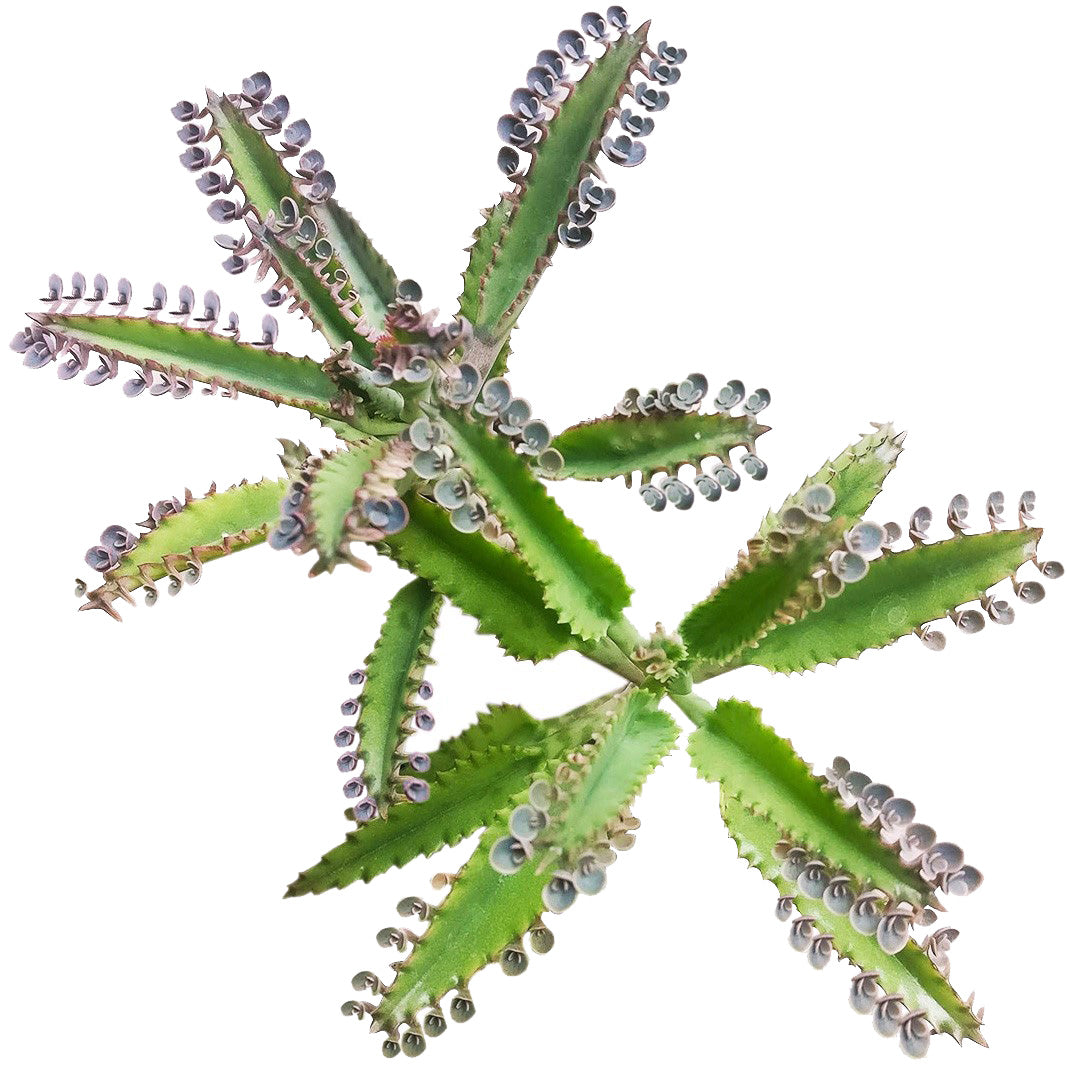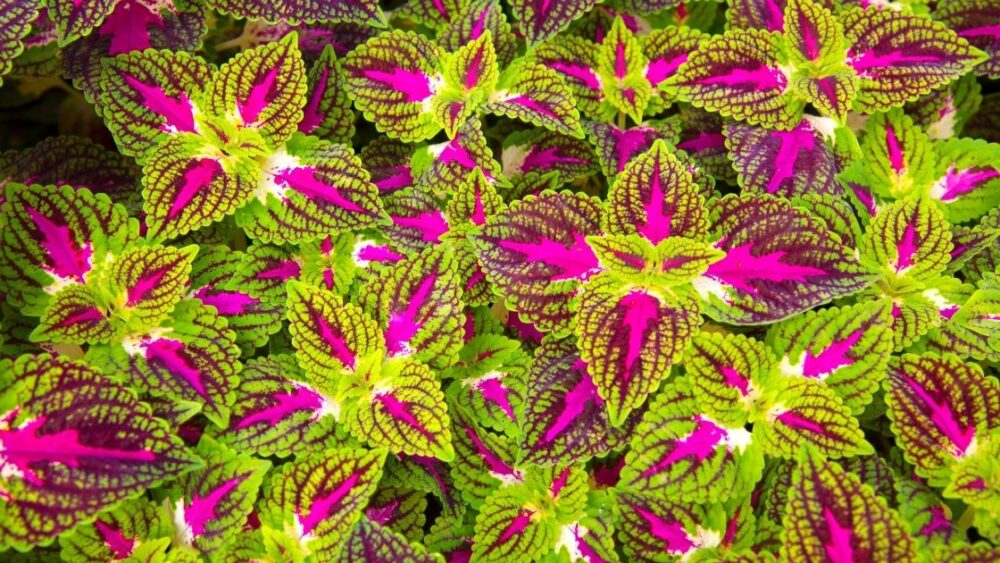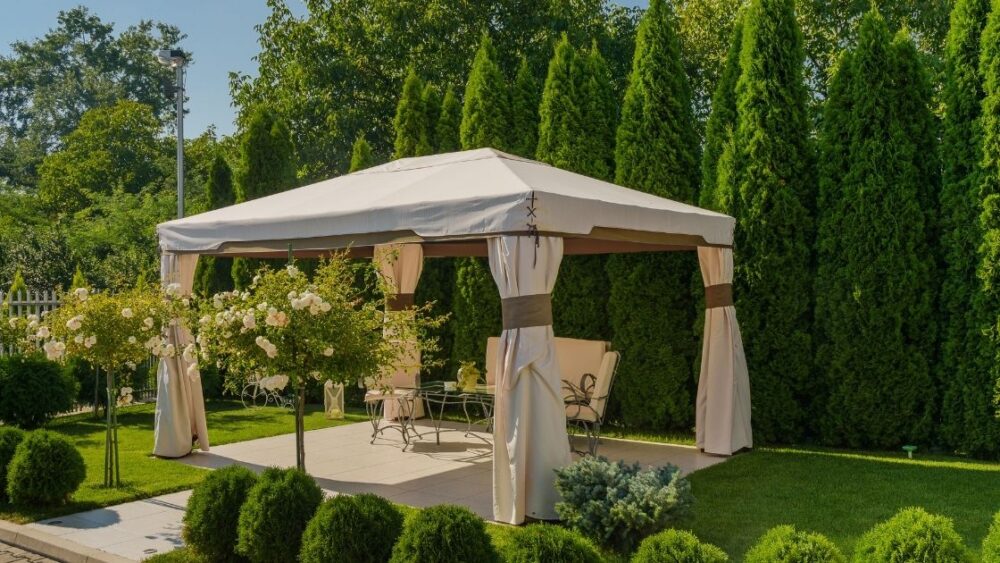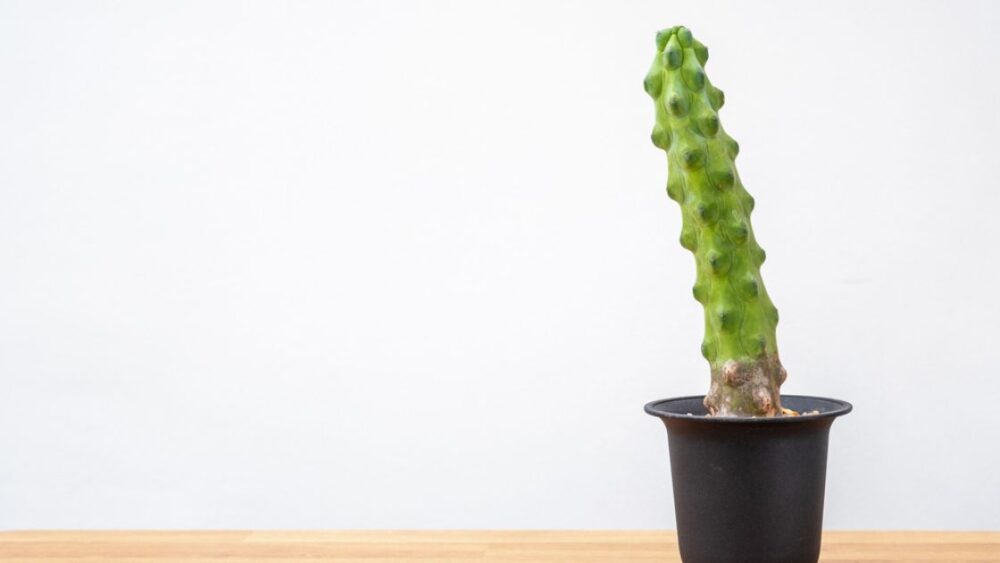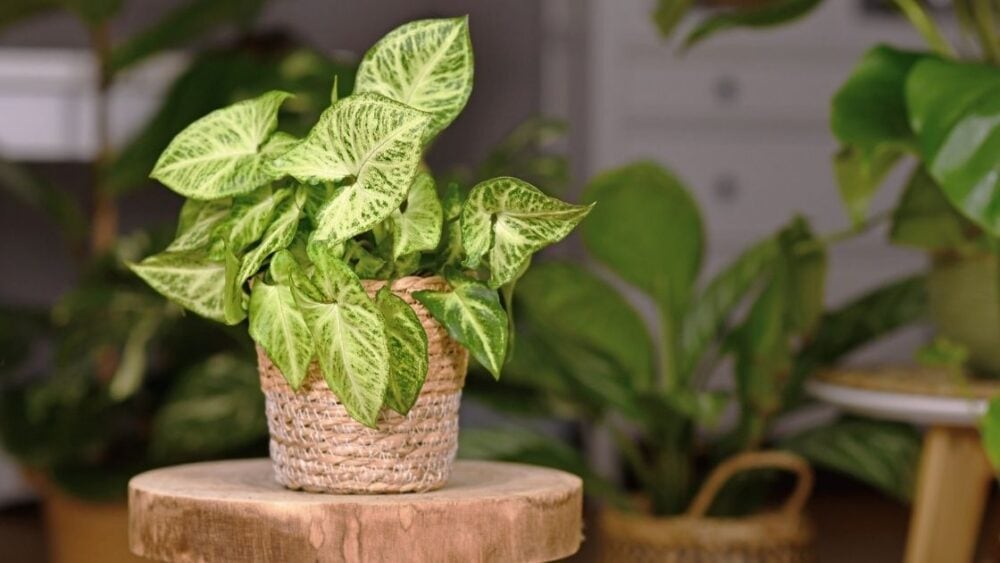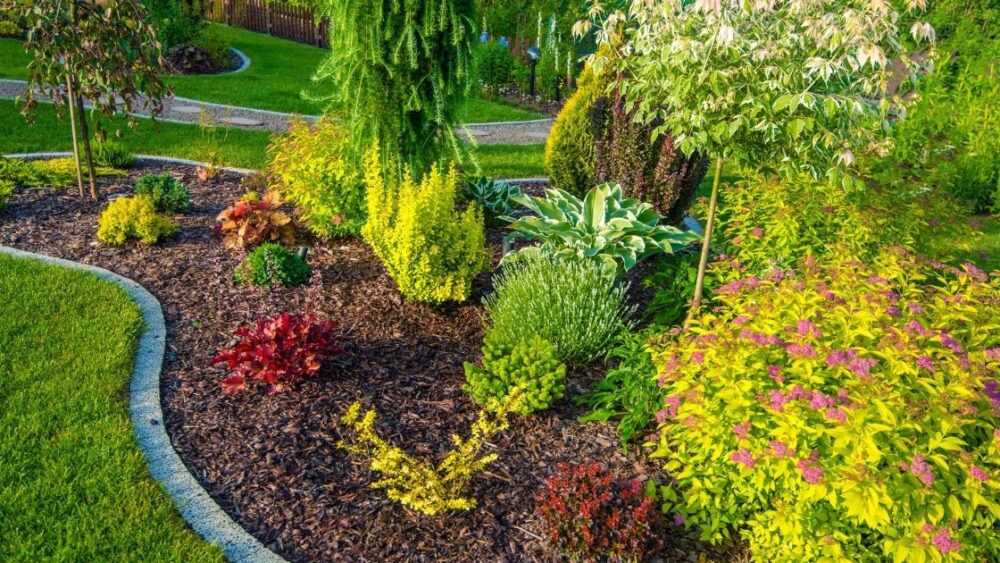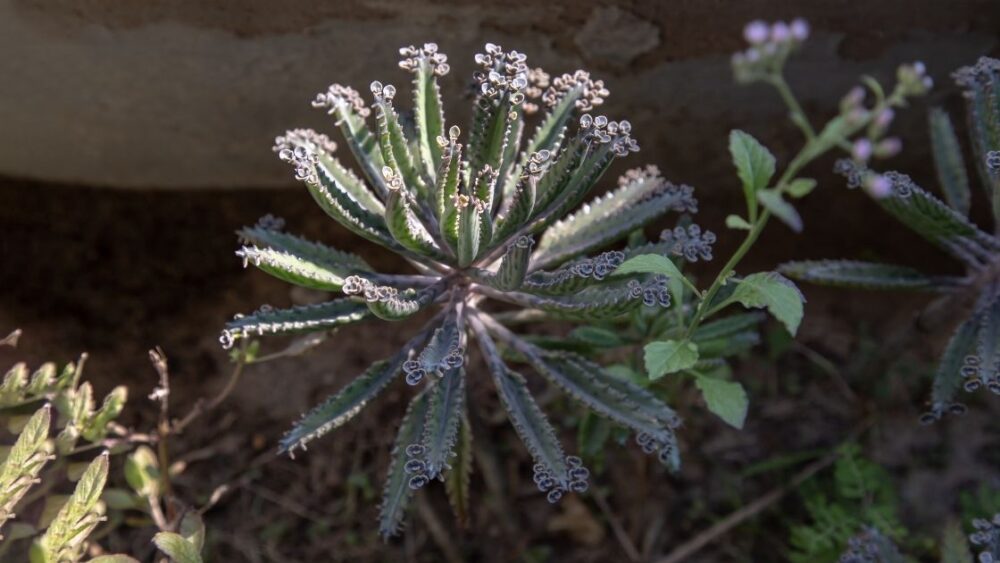
Chandelier Plants, also called Kalanchoe Delagoensis, are native to Madagascar. Hence the name, the long, thin leaves appear like chandeliers hanging from the stem. The plant is also known as the ‘Mother of Millions’ due to its rapid growth and easy multiplication.
Its size varies from specie to specie, but in most cases, it resembles a cylinder with long leaves curving inward. Leaves have leopard spots running along their lengths. When left outdoors in the summer, it can grow up to 4 feet tall. The leaves of the plant have a rubbery texture due to their waxy texture. However, it is the plantlets that make these leaves so attractive. The ends of each leaf are adorned with five to six protrusions. After the succulent matures, each spike produces plantlets, which can form their own plants.
In addition to drought resistance, these plants adapt well to a wide range of environments. There is little maintenance involved in caring for this plant, and it can be grown indoors as well as outdoors. They are not only attractive and resilient but also exciting plants. The plants are easy to maintain and multiply quickly.
Browse our Affiliate Products
Are Chandelier Plants Easy to Care for?
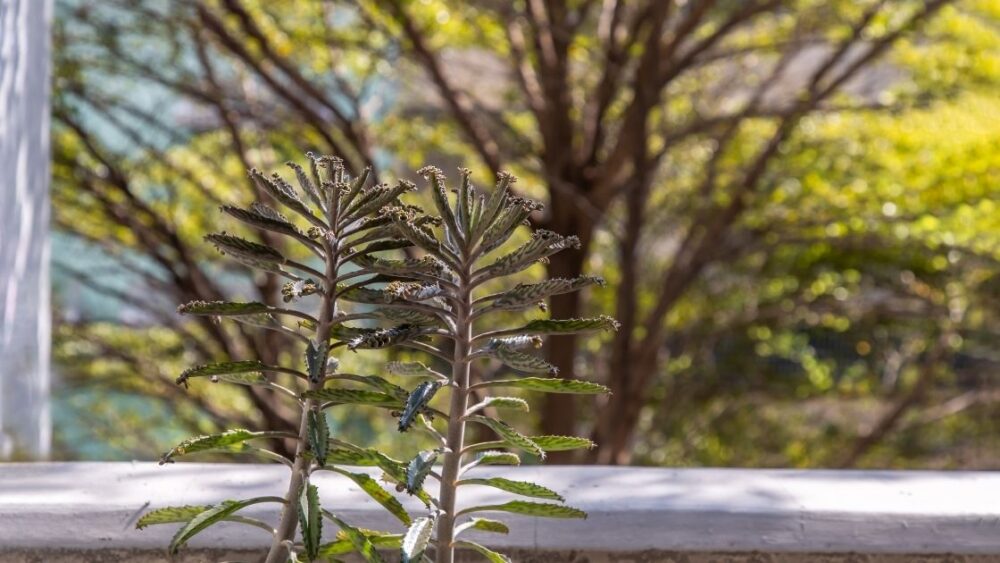
Taking care of this plant may be one of the easiest things you’ll ever do. They’re drought-tolerant and can be grown inside or outside, depending on the weather.
In the same way as other succulents, the chandelier plant will stretch if it needs more sunlight. A window facing east will probably be the best place for it inside, letting it get plenty of bright morning light. Alternatively, it can also be grown in south-facing windows, but keep it at least two feet away from the window to avoid a burning effect.
As far as outdoor conditions are concerned, the plants are quite tolerant. Even though they cannot tolerate very cold temperatures or freezing, they do well as long as they receive enough sun and are watered occasionally. A bigger concern than planting more is preventing the plant from spreading where you don’t want it.
- Also for other types of succulents click here to view our other articles: Succulent Category
Below you will find the the care to provide for your chandelier plant.
Common Names:
Common names for the plant include Mother Of Millions, Chandelier Plant and Devil’s Backbone.
Scientific name:
Scientifically, the plant is called Kalanchoe delagoensis.
Growth Cycle:
Kalanchoe delagoensis is a deciduous perennial succulent with evergreen leaves that bloom in the spring. That means that although kalanchoe might lose some foliage in the winter and go dormant, the plant stays alive underground under normal winter conditions in its growing zones. A chandelier’s life cycle has five stages: seeds, seedlings, plantlets, juveniles and adults.
Sun:
To keep the marbling pattern, your mother of millions needs 4-6 hours of bright light a day. Insufficient sunlight can make them leggy and pale.
It is ideal to keep the mother of millions plants between 60°F and 95°F. In temperatures below 50°F, they will stop growing and suffer damage or even die if exposed to them for an extended period of time.
In the fall, it is always a good idea to bring them inside when the temperature drops. During extreme heat waves, you may need to water them more frequently.
Watering:
The less you water, the better. Due to its drought tolerance, this succulent can survive for long periods without water. It’s best to let the soil dry out completely between watering. Water only when you feel the soil has dried out; use a finger to check.
Overwatering is one of the main stress factors for these plants, but it rarely kills the plant. But too much water will still cause the plant stress.
- For more information on watering, check out this article: How Often Should I Water my Indoor Plants/Outdoor Potted Plants?
Adult Size:
An adult Kalanchoe Delagoensis plant can reach 4 feet in height and spread 2 feet in good conditions.
Planting Zones:
In mild frost conditions and some freezing temperatures, Kalanchoe Delagoensis can survive, but only for a short while. Plants can be left outside all year if you live in USDA hardiness zones 10-11.
Weather Hardiness:
Cold hardiness is not a characteristic of Mother of millions. The plant grows well outdoors in zones 9-11, but in other areas, it should either be overwintered or kept entirely indoors during the winter.
When nighttime temperatures fall below 50°F, it must be moved inside so that it can enjoy the summer weather.
For more information on your specific planting zone, click here: USDA Plant Hardiness Zone Map
Propagation:
The Kalanchoe delagoensis plantlet propagates very easily. Easily pot up the plantlets by removing them from the mother plant. Provide bright light but not direct sunlight for the pot and water lightly. As soon as the plantlets root, you will have new plants.
Stem cuttings can also be used to propagate this plant. Let the stem callus over for a few days after you cut off a 4-inch piece. After that, pot it up in succulent soil that drains well and water it lightly.
Make sure that the pot gets bright light but not direct sunlight. You will have a new plant from the cutting in no time.
Plantlets are a great way to propagate plants because they offset roots readily, are readily available and do not damage the original plant.
Toxicity:
There is a toxic substance in flowering kalanchoe plants called cardiac glycosides. Glycoside concentrations are higher in plants’ flowers than in stems, leaves, or roots. Kalanchoe grows in the wild in Australia and South Africa and has been known to poison cattle and sheep.
Because kalanchoe does not grow in the wild in the United States, it does not pose a threat to grazing animals in pastures. However, it can pose a threat to household pets, such as cats, dogs, and birds.
Your kalanchoe plants should be carefully placed somewhere where pets cannot access them if you have pets.
Dormancy:
Warm temperatures are best for chandelier plants, and they can tolerate temperatures as high as 100°F. During the winter, they go dormant and require less water.
There is a low frost tolerance. In order to keep them alive during this time, keep the temperature above 50 degrees Fahrenheit.
Soil:
Kalanchoe delagoensis grows natively in poor or infertile soil and is not fussy about soil. The ideal mix for them will be loose, sandy, and well-draining.
Alternatively, you can use potting soil and perlite combined with coarse sand in equal parts or a commercial mix.
- Check out Amazons: Hoffman 10404 Organic Cactus and Succulent Soil Mix, 4 Quarts, Brown/A
Bloom:
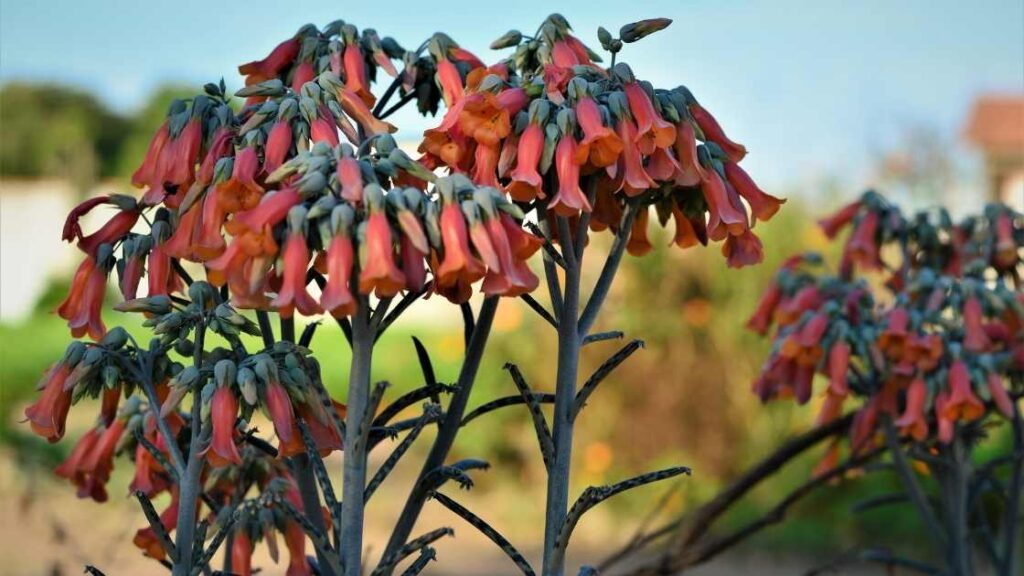
This species produces large clusters of bell-shaped flowers in winter on tall flower spikes. At the top of each stem, orange-red flowers are clustered.
They bloom all through the year. Moreover, deadheading Kalanchoe flowers can also help the plant keep producing flowers vigorously throughout the year. As a resting period occurs between blooms, kalanchoe enters into a resting state. Kalanchoe does not bloom at temperatures below 45 degrees. This is the time to reduce watering.
Fertilization:
There is no need to fertilize Kalanchoe delagoensis. The plant grows well in soil that already contains nutrients.
Adding a slow-release fertilizer every month can help your plant become lush and healthy. It is also possible to grow Kalanchoe delagoensis with liquid fertilizer.
- Check out Amazons: Succulents & Cactus Plant Food – Gentle Long Lasting Formula, Slow Release Fertilizer (Liquid Alternative) for All Potted Succulent, Cacti & Aloe Vera Plants (5 oz)
Chandelier Plant Common Problems
A chandelier plant’s biggest problem is its ability to spread rapidly. If you don’t want a large number of these plants, keeping them in a contained area may be best since each leaf can produce hundreds of plantlets.
Only absolute neglect will kill this plant. Every couple of weeks, water it when the top inch of the soil feels dry. Ensure it receives bright, indirect sunlight, but keep in mind that direct sunlight can burn the leaves.
Mushy leaves may also be an issue. Overwatering is usually to blame. Don’t water the plant again until it dries out. Plant it in new, dry soil if you notice rotting roots (brown and mushy) when you take it out of the pot.
What to do if Your Chandelier Plant is Dying?
Provide the plant with bright light for 10 hours per day and keep it under a box or closet for 14 hours per day. Make sure the plant stays warm and out of drafts. The plant is dormant for six weeks, so do not water it or feed it. The plant should be moved to brighter lighting when you see flower buds watered again as soon as possible.
Conclusion
Kalanchoe Delagoensis is an elegant succulent that will add a touch of elegance to your succulent collection.
In addition to growing indoors and outdoors, this plant requires minimal care. Kalanchoe Delagoensis is a perfect succulent for those just getting started with succulents. It requires little help from the grower and is easy to take care of.


